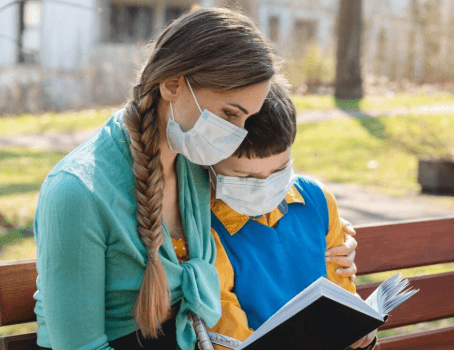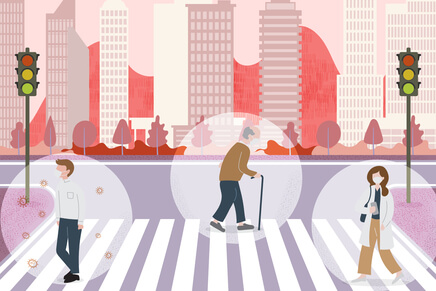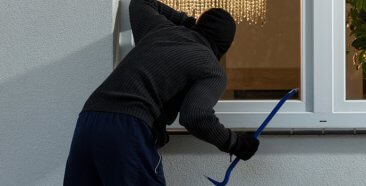
As the coronavirus pandemic continues to spread across the globe, authorities have taken measures to ensure people practice social distancing as a measure to slow down the transmission rate and flatten the curve. The ultimate goal of social distancing is to ensure the healthcare system’s capacity suffices to meet patient demand over a more extended timeframe and to ultimately save more lives.
Social Distancing vs. Self-Quarantining
Before defining a course of action and shutting yourself from the outside world, it is essential to highlight that social distancing is different from self-quarantining. In the case of coronavirus, a 14-day self-quarantine is recommended to those known to have been exposed to the virus. If symptoms are not present after the 14-day quarantine is over, a doctor can confirm a person’s suitability to reengage in their daily activities.
Unlike these two previous practices that address prevention, isolation is the practice for containing the virus in patients who have been confirmed to be carriers. Restricting the geographic movement of infected patients prevents transmission since it nullifies physical interaction.

Why Is Social Distancing Important?
Social distancing aims to slow down the spread of coronavirus by creating an imaginary safe perimeter and providing more physical space between people who are bound to interact in a society. Aside from concerts, theme parks, conferences, and similar events known to draw crowds of people, individuals should proactively adapt their habits to ensure social distancing is adequately carried out.
Staying at home except for basic necessities is strongly advised. If you live in a low-population density area, exercising outside alone should not pose a significant health hazard. To minimize risks associated with commuting to work using public transportation, riding outside peak hours can also aid social distancing.
How to Care for the Elderly while Social Distancing
Because the elderly are a particularly vulnerable age group, caring for them may require enforced social distancing measures. Rather than visiting them or organizing family reunions, a way to care for your elders through these hard times is to help them maintain their social engagement by providing them with digital devices to communicate with their loved ones.
Offering to help with grocery shopping and reminding them to sanitize every product they take into their homes will also help them decrease exposure to the virus.

Social Distancing and Children
Even if they do not get severely sick, children are at risk of becoming agents of disease transmission because they tend to have higher rates of close person-to-person contact with many different age groups. As more education centers shift their teaching methodologies to online learning, parents of young children may find social distancing more challenging to cope with.
Due to their playful nature, small kids may need to overcome more emotional obstacles as they adapt to an indoor lifestyle. However, personal yards are mostly okay since viruses are less likely to survive in the outdoors. Natural phenomena like rain and UV radiation from the sun decrease the lifespan of germs and bacteria.
What if I need Medical Care?
If you require medical services, Telemedicine can play a crucial role in promoting social distancing measures. Freeway Insurance is an excellent option if you want to avoid crowded healthcare facilities and exposure to other sick patients in waiting rooms. Call us now to purchase one of our affordable telemedicine plans.



